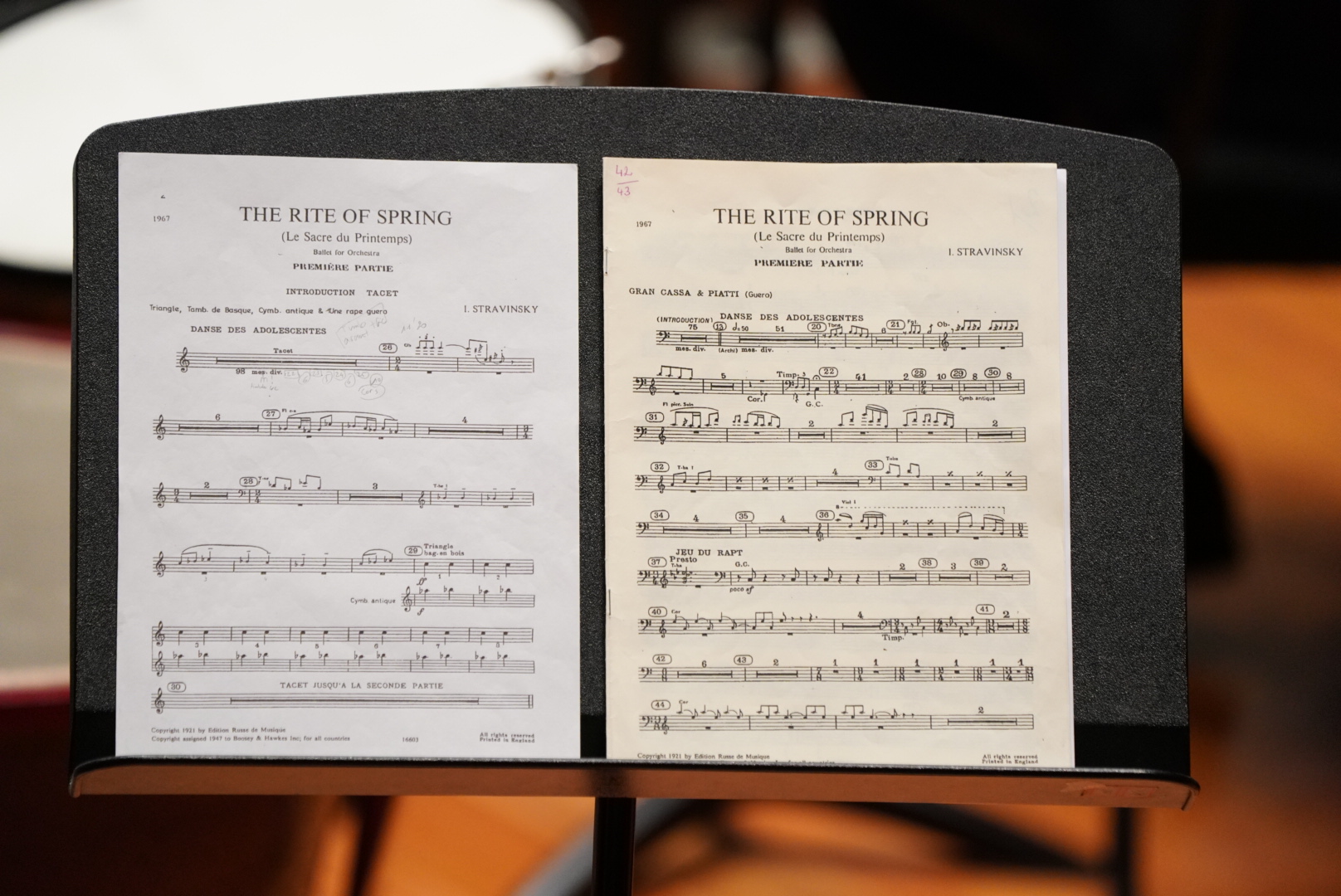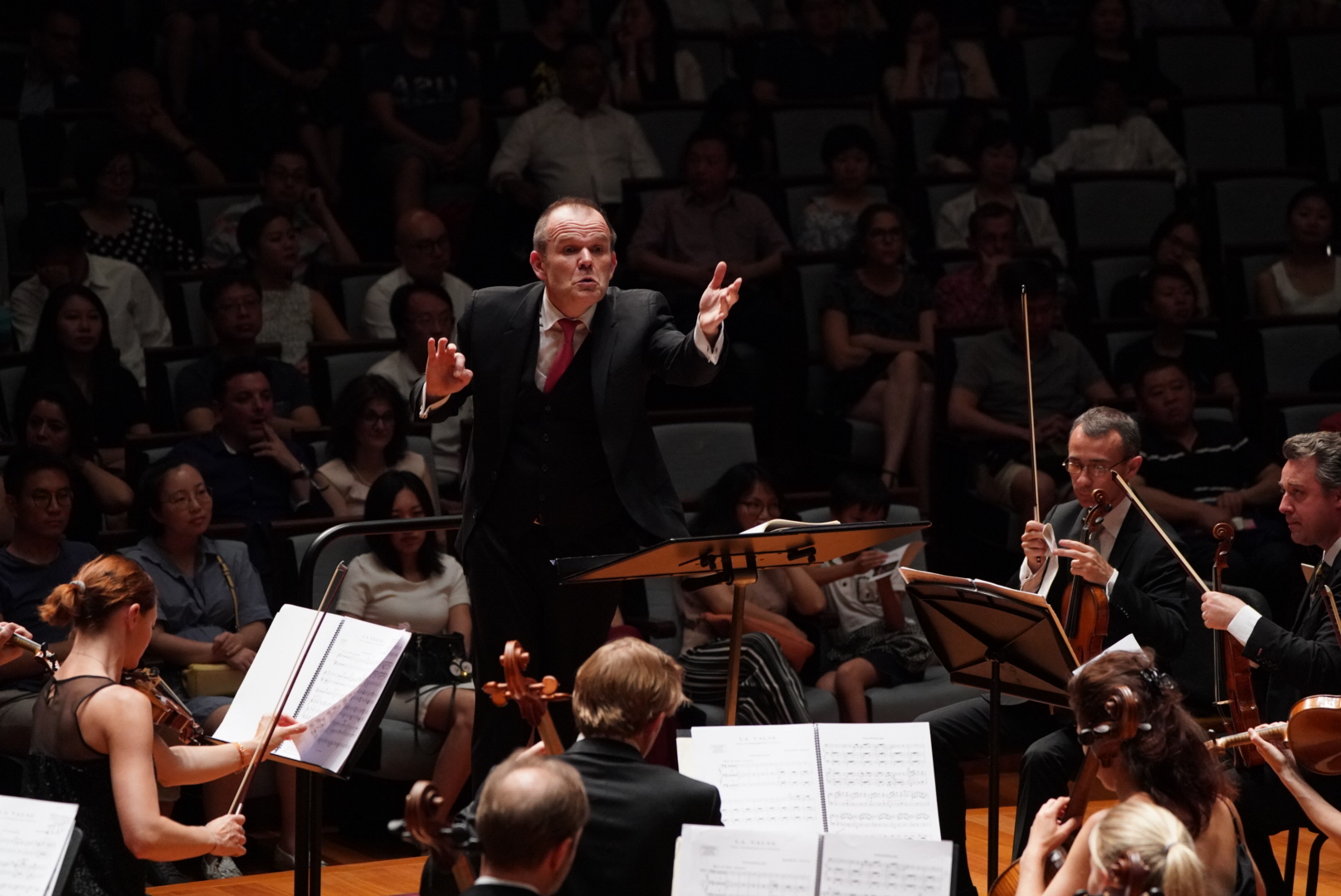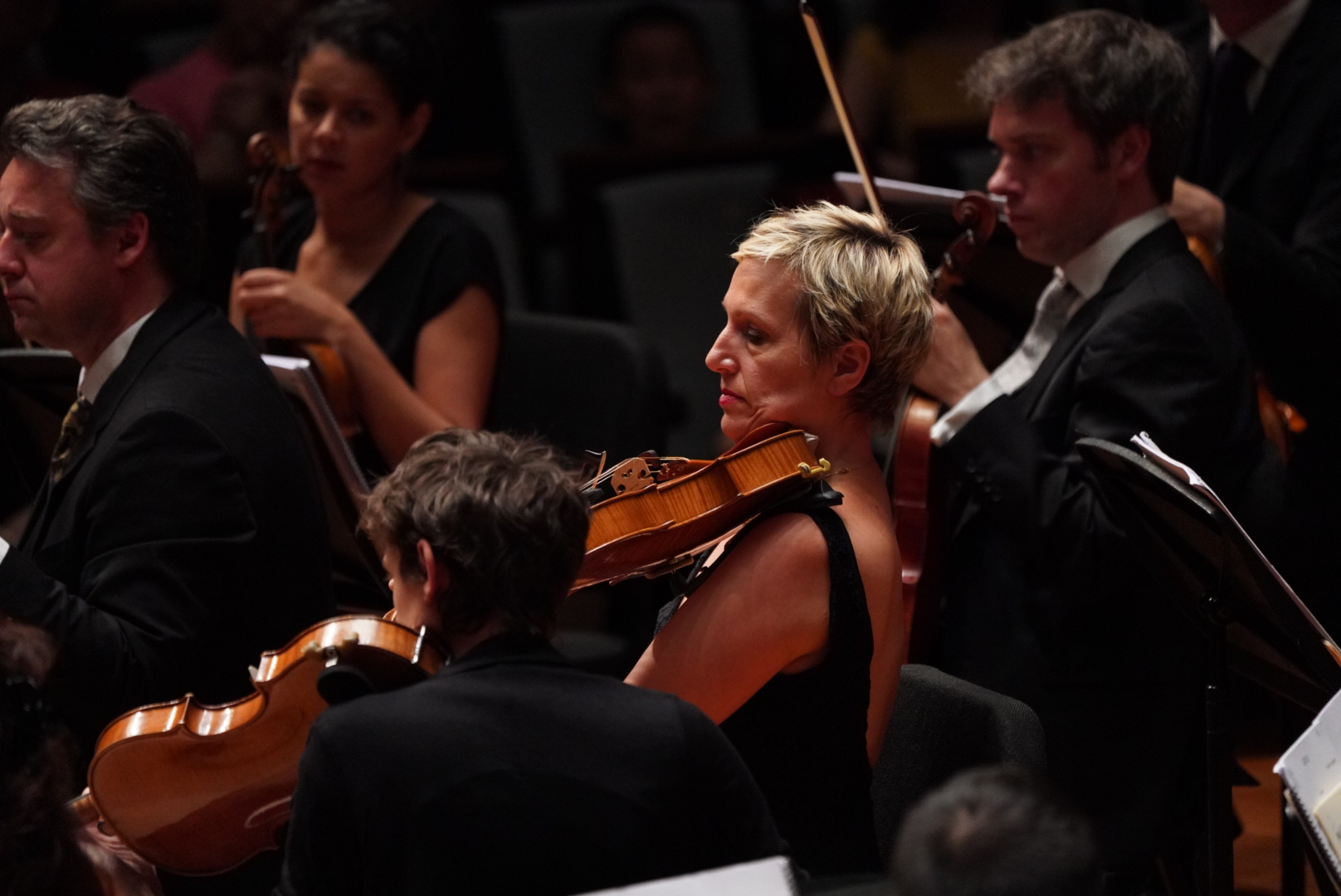On June 3rd, NCPA, French conductor François-Xavier Roth conducted the orchestra Les Siècles founded by him to reproduce the debut of Rite of Spring in 1913.
On May 29th, 1913, Stravinsky’s Rite of Spring debuted at the newly completed Théâtre des Champs-Élysées, and Stravinsky revised it several times afterwards. The audience can find that the versions of 1947 and 1967 from either concerts or records vary largely from the original premiered Rite of Spring. To reproduce the original flavour, Roth studied the evolution of the versions and said, “The various changes to the score can be explained by the fact that initially the score was extremely difficult and musicians were simply not capable of playing Igor Stravinsky’s music in the way he wanted. In light of these problems, but also encouraged by conductors, such as Pierre Monteux who conducted the first performance, and Ernest Ansermet who supervised the first edition, Stravinsky effected changes to the orchestration and the rhythmical and dynamic arrangements. I listed all these changes, I looked hard at them and from there, I started work on a piece that would create what might have been heard at the premiere in 1913. Measure after measure, we tried to understand why Stravinsky had made his changes, and I am very happy to be able to present the fruit of our research into what is a major 20th century masterpiece in this concert recording.”
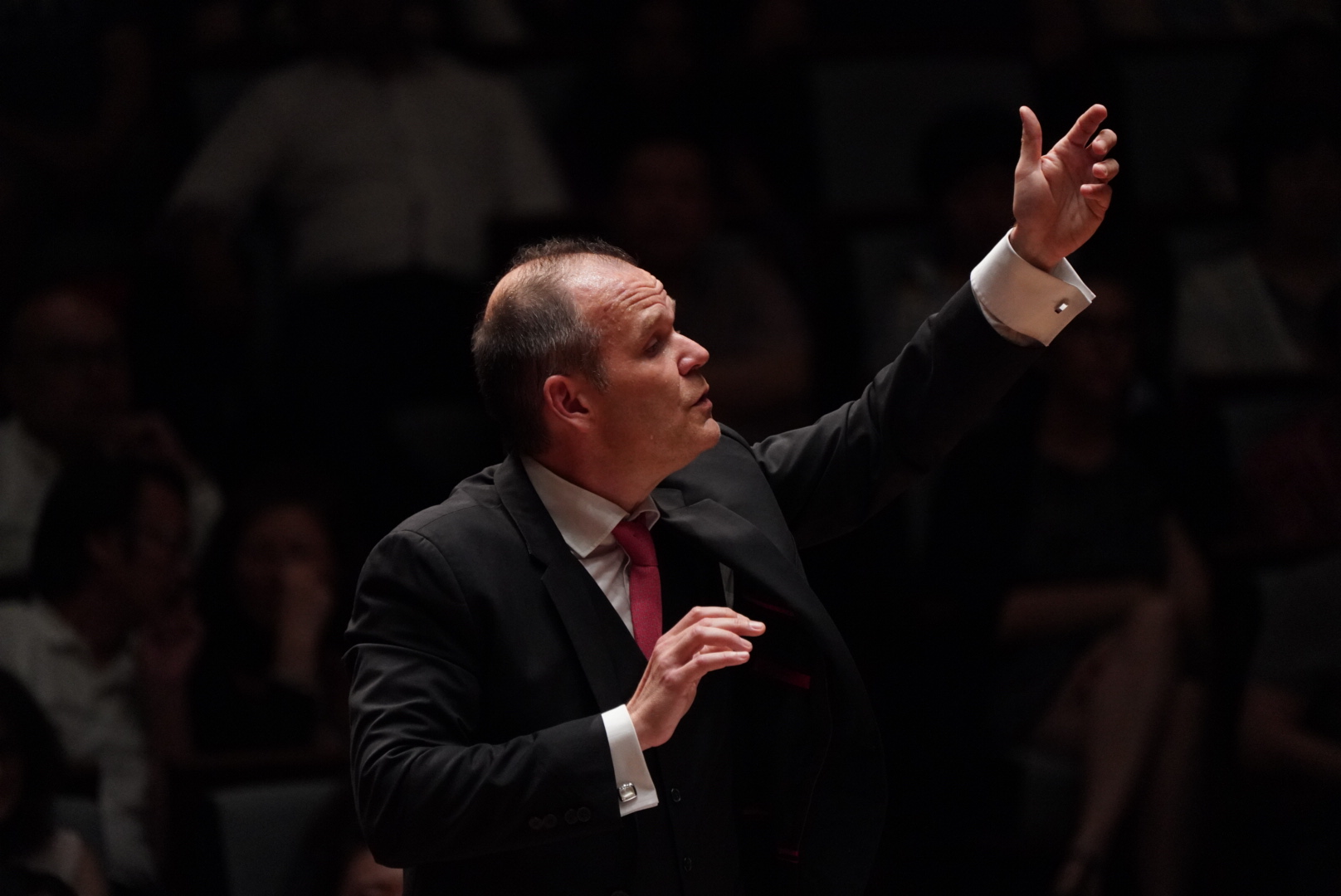
The audience can appreciate not only the 1913-version Rite of Spring, but the “historical instruments” from the early 20th century played by musicians of the orchestra. Roth explained that a century ago, the string music, woodwind, brass and percussion music are widely different from the musical instruments of the present in terms of structure and tone. “The whole woodwind family: flutes, oboes and the famous French bassoon which wasn’t yet equipped with the octave key required to play the legendary opening solo of The Rite of Spring. This key was invented subsequently to make it easier to play the solo in a highpitched register. It becomes apparent how bassoonists must have suffered playing this opening solo at the time. Mention should also be made of the strings which, as in all orchestral string sections of the period, were made of catgut, lending an amazing harsh colour in relation to steel strings. Not forgetting the piano used in the recording of Petruchka, an Erard brand (like the harps), with has a very archetypal timbre in comparison to modern concert pianos. For our concerts and recordings we had the chance to use all these magnificent French-made instruments, carefully collected by the musicians of Les Siècles.”
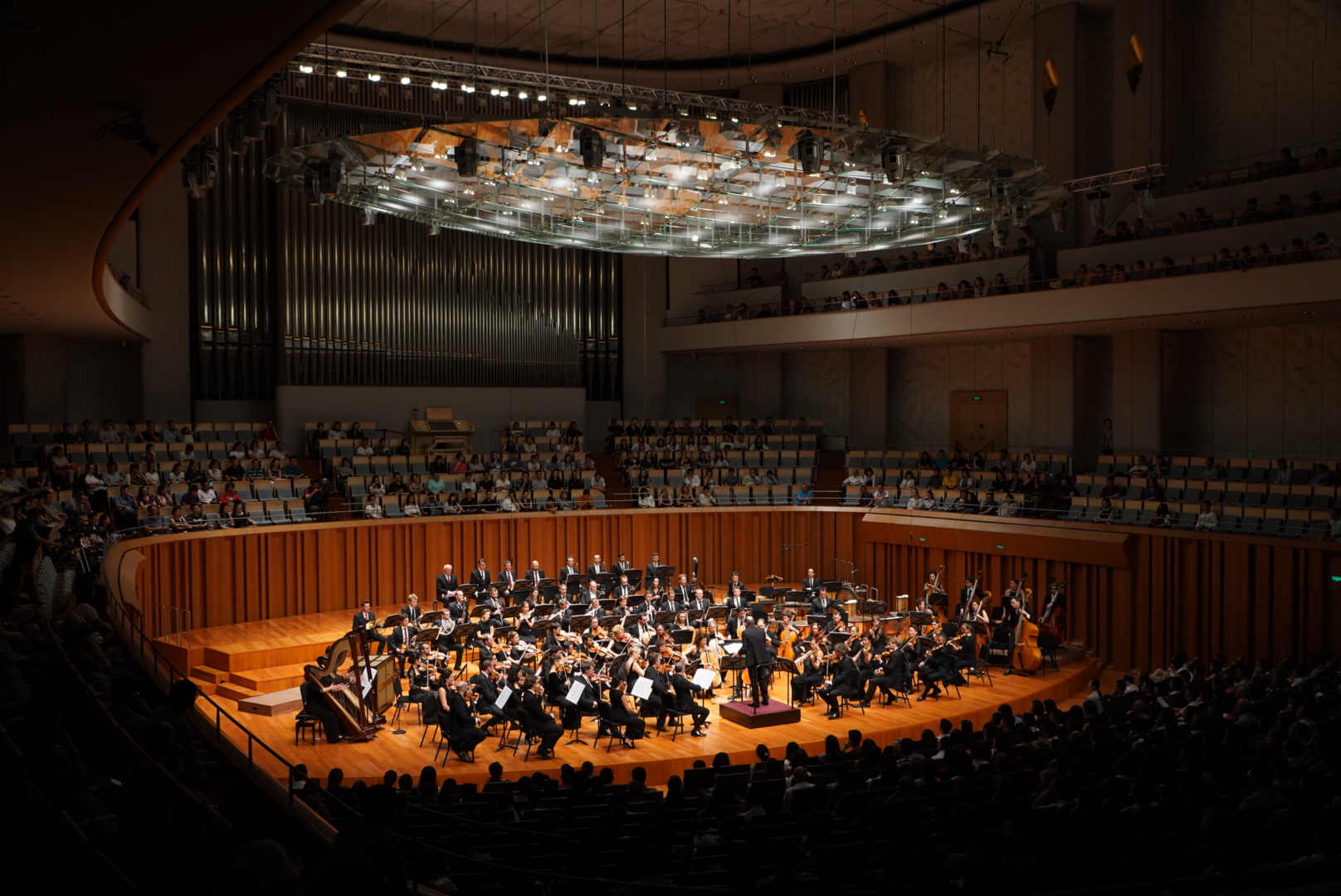
Les Siècles
Apart from Rite of Spring, François-Xavier Roth and Les Siècles also performed Claude Debussy’s Prelude à I'apres-midi d'un faune and Jeux, and Maurice Ravel’s La Valse. What’s worth mentioning is that Rite of Spring, Prelude à I'apres-midi d'un faune and Jeux are choreographed by Nijinsky, and the debut of Jeux was only two weeks earlier than that of Rite of Spring. The performance of François-Xavier Roth and Les Siècles, the star in the music circles of the 21stcentury, those avant-garde works created over a century ago brought a distinctive, strong and deep sense of history to the audience.
